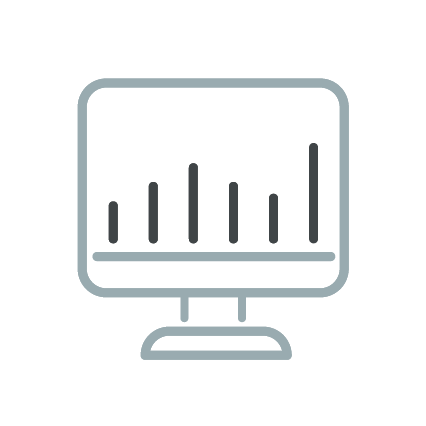
The STOXX Equity Factor indices, a range of multifactor indices, offer exposure to fundamental drivers of performance such as momentum, quality, value, low volatility and size.
Key benefits
Core investment
Upgrade your core equity building blocks with multifactor indices designed with enhanced diversification and risk considerations.
Factor expertise
Access a depth of factor investing knowledge and portfolio construction expertise through factor indices that combine the robust capabilities of STOXX indices with the industry-leading factor and optimization tools of Axioma analytics.
Modern index design
Efficiently capture the potential return enhancing benefits of multifactor investing through diversified exposure to a combination of five target style factors: momentum, quality, value, low volatility and low size.
Index methodology
The STOXX Equity Factor Indices are constructed by maximizing the index exposure to a multifactor alpha signal while adhering to a set of constraints intended to closely track their broad equity market parent indices.
| STOXX Equity Factor Index | Parent Index |
|---|---|
| STOXX U.S. Equity Factor Index | STOXX USA 900 Index |
| STOXX International Equity Factor Index | STOXX Global 1800 ex USA Index |
| STOXX U.S. Small-Cap Equity Factor Index | STOXX US Small Cap Index |
| STOXX Emerging Markets Equity Factor Index | STOXX Emerging Markets Index |
| STOXX International Small-Cap Equity Factor Index | STOXX International Developed Markets Small Cap Index |
| STOXX Global Equity Factor Index | STOXX World AC Index |
From the respective starting universes, constituents are selected and weighted to maximize exposure to a multifactor signal created from the following five factors:

Momentum
The momentum score is calculated from price momentum, earnings momentum and earnings announcement drift (i.e., the difference between a stock’s performance on and immediately following an earnings announcement date).

Quality
The quality score is calculated from gross profitability, dilution, accruals and changes in net operating assets as well as environmental signals including carbon emissions intensity and science-based targets, both as reported by the Institutional Shareholder Services group of companies.

Value
The value score is calculated from the following current book value to price ratio, 12-month trailing dividend yield, earnings yield and cash flow yield (i.e., cash flow divided by the full market capitalization), and time series normalized cash flow yield over the previous 36 months.

Low volatility
The low volatility score is calculated based on a 12-month trailing realized volatility.

Low size
The size score seeks to measure the market capitalization of each company as compared to other companies of the parent index.
Market-relative constraints on sector and country weights, as well as absolute and market-relative limits on individual security weights, are applied so that the resulting index does not have any large unintended or unrewarded exposures. Risk-oriented limits around tracking error and beta are also included to ensure a similar risk profile to the broader market. Lastly, additional market-relative considerations include rules around how much or little the index can be exposed to any one individual factor. These rules are applied to ensure diversified factor exposures within the index.
The indices are reviewed quarterly in March, June, September and December.
More detailed information about factor definitions and index construction can be found in the STOXX Index Methodology Guide.
Key equity factor indices
BROWSE ALL EQUITY FACTOR INDICES
Related news & research
Get in touch
Whether you are implementing strategic investment decisions, or developing custom solutions, STOXX is your partner in indexing excellence. Contact us today to learn more about how we can help you achieve your investment goals.




